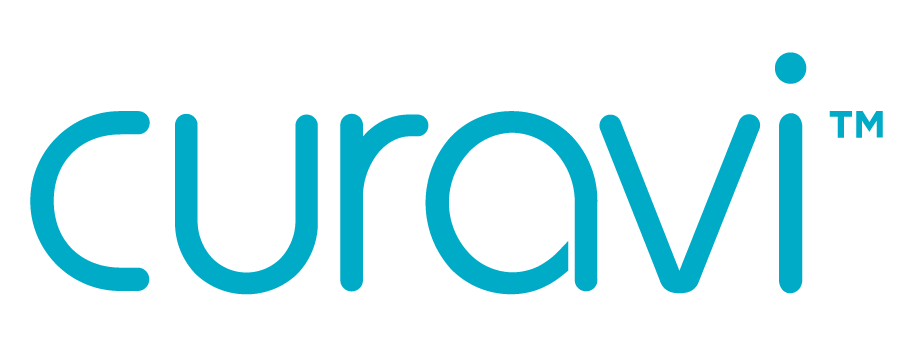Lower back pain is one of the most frustrating and debilitating conditions affecting Americans, and it’s widespread. In fact, according to the American Chiropractic Association, about 31 million Americans experience lower back pain at any given time, and back pain is the leading cause of disability and missed work.
If you suffer from lower back pain, the first thing you need to do is zero in on the root cause, as understanding the source is the first step toward developing a back pain treatment plan that works for you.
Here are the most common causes of back pain:
Injury – The back is a complicated structure that supports the entire body, and it’s comprised of many muscles, joints, and ligaments that are susceptible to injury. And you don’t have to be an extreme athlete to suffer from a back injury—even day-to-day activities like sitting at the computer and moving boxes can cause lifelong back issues. Some of the most common low back injuries include:
- Muscle and ligament strains and sprains, which occur when you overextend muscles when you lift heavy objects, make sudden movements, or spend long periods of time in poor posture positions (such as sitting hunched over at a computer desk for hours each day).
- Herniated discs or spinal disc herniations, which occur when the rubbery disc between the spinal bones experiences an abnormal rupture or bulge, triggering surrounding nerves and causing pain.
- Spinal stenosis, a condition referring to the narrowing of the spinal canal, which causes tightness, pain, and pinched nerves (radiculopathy). The spinal canal narrows because the cartilage in the back begins to break down with age or as a result of arthritis.
- Radiculopathy (also known as pinched nerve or sciatica), which occurs when a nerve is pinched in the spinal column, causing pain, weakness, numbness, and tingling. This happens due to narrowing of the space where nerve roots exit the spine, which happens after stenosis or disc herniation.
Underlying Health Conditions – Many underlying health conditions, including genetic conditions and chronic disease, can contribute to lower back pain. Often, in treating the underlying health condition, sufferers experience relief. However, in the case of incurable diseases, the symptomatic treatment of back pain is necessary through medication, therapy, and other means. Some of the most common health conditions causing back pain include:
- Scoliosis, a condition marked by a sideways curve in the spine. Though the cause is unknown, scoliosis is believed to be caused by genetics, environmental factors, or a combination of the two.
- Osteoporosis, a disease that breaks down the density and strength of bone. It primarily affects people over the age of 50, with women at a higher risk than men. An early indicator of osteoporosis is sudden, severe lower back pain that worsens when standing or walking.
- Arthritis is the medical name for inflammation of the joints that causes pain and stiffness. In the lower back, arthritis—referred to as spinal arthritis—affects the sacroiliac joints between the pelvis and the spine.
- Fibromyalgia is a chronic condition that causes pain, stiffness, and tenderness in the muscles and bones, especially in the lower back.
- Endometriosis is a painful disorder that occurs when abnormal tissue grows outside the uterus, including on the ovaries and bowels. Women with endometriosis experience low back pain during the menstrual cycle.
- Kidney stones produce severe low back and side pain, especially pain below the ribs.
- Autoimmune conditions, such as ankylosing spondylitis, lupus, Crohn's disease, and others have been linked to lower back pain.
How to Relieve Back Pain
If you’re one of the millions of people who have been forced to sit out on life because of this condition, you know that relief is a true gift. Understanding how to relieve back pain in the way that works for you is a huge step toward feeling like yourself again. Medication, physical therapy, and chiropractic care are among the more common treatments of back pain, but, in the face of the opioid epidemic and growing healthcare costs, these solutions aren’t viable for many sufferers.
Cutting-edge new therapies like photobiomodulation therapy (PBMT), on the other hand, are gaining steam. PBMT (formerly often referred to as low-level light therapy or LLLT) is one of the best ways to get relief from lower back pain. Using non-ionizing light sources, PBMT devices are able to penetrate the skin and modulate pain and inflammation without the use of invasive treatments and pharmaceuticals. Be sure to give laser therapy a try if you’re seeking new solutions for mild to moderate aches, muscle spasms, and inflammation.




